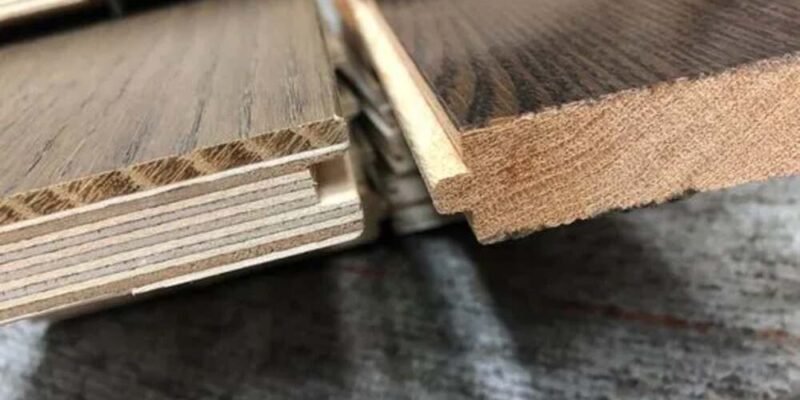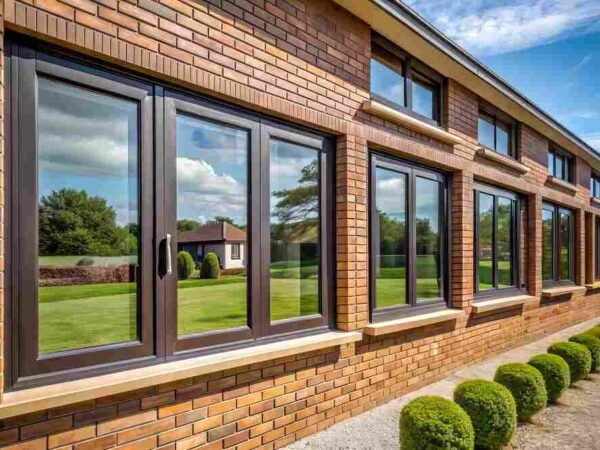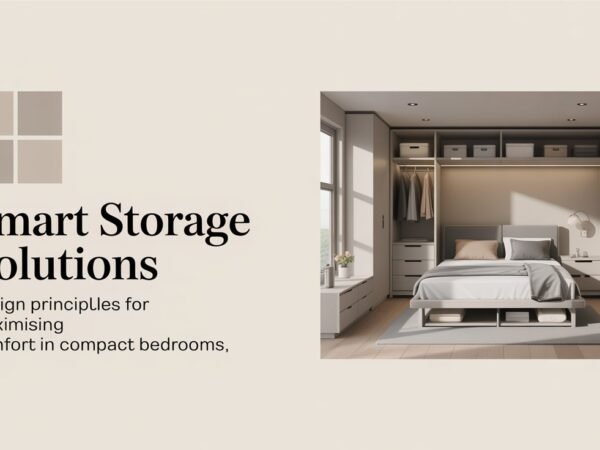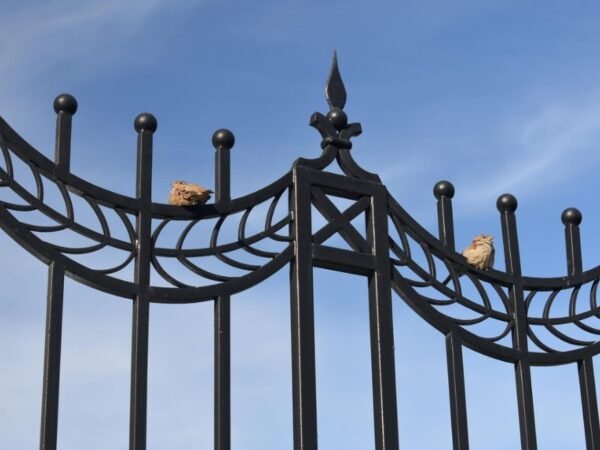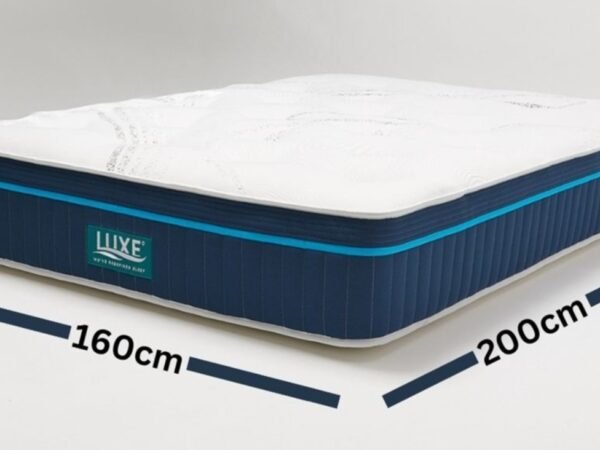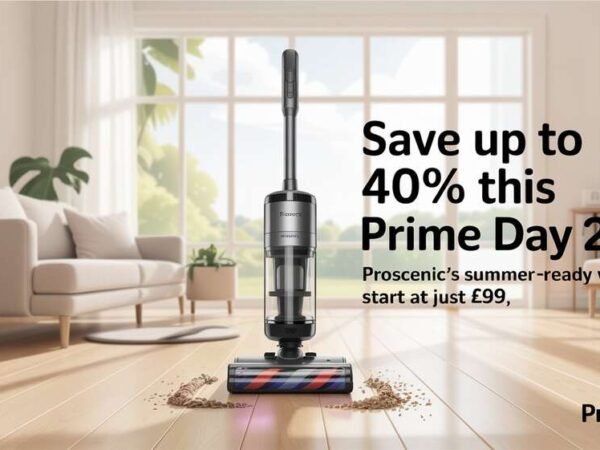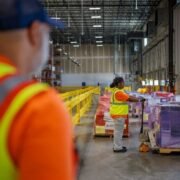A proper decision about home flooring options determines visual appeal, longevity, and upkeep requirements. Two significant choices exist in hardwood floors with 2 years warranty: solid hardwood and engineered wood materials bring unique benefits to the table. The comparison between solid hardwood and engineered wood will assist your decision when you seek a hardwood floor installation with 2 years guarantee.
What Is Solid Hardwood?
Creating wood floorboards starts when manufacturing companies remove single wood pieces to end up with boards measuring 3/4 inches tall. Generally, homeowners prefer maple, walnut, and oak as their hardwood selections due to their appealing patterns.
Pros of Solid Hardwood
Proficient finishers can refresh hardwood floors through multiple sanding techniques, while solid hardwood flooring lasts for numerous years. The authentic wooden designs of solid materials keep the original decorative properties of building decoration elements intact. Solid hardwood flooring is the top material preference for modern house construction, and it produces enhanced market potential in residential real estate.
Cons of Solid Hardwood
Susceptible to Moisture – Not ideal for basements or high-humidity areas. The purchase costs of solid hardwood flooring are higher than those of engineered wood flooring before acquisition. Wooden floor installation stands as the exclusive acceptable procedure because installation through nailing down remains the fundamental procedure in this flooring system.
Best For:
Living rooms, bedrooms, and hallways Homeowners seeking a long-term investment Traditional or classic interior designs
Engineered Wood Flooring
What Is Engineered Wood?
The technical wood product joins HDF and plywood base structures with wooden veneer layers. The official product standards in its production enable this material system to deal effectively with hot and cold weather and liquid contact.
Pros of Engineered Wood
Moisture Resistance – More stable in humid environments than solid hardwood. Engineered wood features glue-based installation methods, allowing the floating technique to work on all subfloor arrangements, such as concrete and multiple layers using nails. Cost-Effective – Often more affordable than solid hardwood.
Cons of Engineered Wood
Engineered wood products permit three stages of sanding procedure depending on the thickness of their veneer material. The life span of engineered wood products falls below that achievable through solid wood building construction.
Best For:
Engineered wood is used as a kitchen floor material in rooms with heating systems installed under the floor at various installation points. Family homeowners prefer functional engineered solutions with a fashionable design that features engineered wood furniture to bring to the table.
Professional Hardwood Floor Installation with a 2-Year Guarantee
Floorworks’ wood material installation services deliver peak quality work with a two-year warranty to guarantee total satisfaction among their clients. Our company’s local fitters provide superior installations for classic hardwood alongside modern engineered wood, and they additionally offer warranties on their services.
Our Floor Fitting Services Include:
Our installation experts preserve your solid hardwood flooring, protecting its enduring look through uniform visual presentation. Organizations select Engineered Wood Floor Fitting because high environmental moisture makes it their best option for installation. Subfloor Preparation – Ensuring a smooth, stable base. Sound & Thermal Insulation – Enhanced comfort underfoot. As part of its service, the company provides its clients with matching products featuring skirting boards, thresholds, and linked project components.
Solid Hardwood’s Environmental Footprint
The material maintains environmental safety for construction purposes, provided hardwood procurement guidelines exist. The Forest Stewardship Council certification system compels present-day hardwood manufacturers to obtain properly overseen forestry products for their customer base. Tree removal for manufacturing purposes remains necessary for building manufacturers even though trees require complete maturity before harvesting.
Engineered Wood’s Sustainability Factors
Engineered wood products achieve complete material sustainability by combining wood surfaces joined to plywood or HDF core sections. Extraction processes enable wood material production to yield various flooring products from one tree during manufacturing. Different manufactured wood products obtain recycled substances when their core materials undergo manufacturing refinement.
Solid Hardwood’s Premium Appeal
The real estate assessment proves that solid hardwood flooring provides the highest property value increase compared to other alternatives. Hardwood flooring authenticity drives buyers towards less expensive offers since they deem it lower than market values during evaluation.
Engineered Wood’s Market Perception
Engineered features enable wood to become an essential component that helps basement owners create hardwood aesthetics in areas where standard solid wood cannot work. Prospective buyers interested in affordable solutions should analyze the layer depth and refinishing opportunities to determine their price options.
Solid Hardwood’s Natural Feel
Home buyers select solid hardwood flooring exclusively for its distinctive feel while sensing unique pleasurable dampness when walking on it. Prolonged standing allows this substance to retain heat while offering some resistance to bending movements naturally. The typical audial feedback created by hardwood floor walking sounds pleases most users, yet they find the sound transmission between floors annoying.
Engineered Wood’s Balanced Performance
High-quality underlayment with multiple boards of engineered wood creates an enhanced soundproof system for floors during installation. Different engineered wood products are superior to solid hardwood in terms of comfort, but individual product variations should be considered. Engineered wood flooring delivers optimal sound control, which makes it ideal for home theaters and areas that need soundproofing, such as music rooms and bedrooms.
Repair and Refinishing: Long-Term Maintenance Considerations
Maintenance guidelines help organizations plan their repair schedules for different flooring types and select suitable flooring materials in advance.
Solid Hardwood’s Refinishing Advantage
The advantage customers get from solid hardwood flooring stands at its maximum potential due to its ability to achieve complete restoration through proper processing of sanding steps and finishing stages. Caretakers complete deep scratch and wear pattern repair using sanding steps that reveal the bare wood underneath. Restoration of the original finish appearance and patterns becomes possible during this stage.
Engineered Wood’s Refinishing Limitations
Engineered wood material repair methods require that the existing unscathed wood veneer continues to exist without any interruptions in the material. Products with engineered wood materials and wear layers between 4-6mm are replaceable after 2-3 refinishing operations, but thinner 2mm veneer engineered wood does not need refinishing.
Regional Considerations: Best Choices for Different Climates
The climate conditions of a particular area determine whether visitors will choose engineered wood surfaces or solid hardwood surfaces.
Humid Climates and Coastal Areas
Engineered wood demonstrates superior strength when installed throughout Florida and Pacific Northwest coastal areas. The use of wood system components constructs environmental restraints that minimize solid hardwood dimensional changes to prevent the development of warping and cup formation.
Dry, Arid Regions
Wood bending occurs when the air is humid outside, but excessive dryness results in wood shrinking and produces characteristic wood cracks, for which homeowners often require moisture management solutions. Engineered wood performs very well within dry regions, but its functionality matches conventional hardwood flooring without any added benefits under such environmental conditions.
Areas with Extreme Temperature Swings
Engineered wood has proved effective for the Midwest and Northeast regions because it resists changes in dimensions throughout different seasonal periods. Solid hardwood floor materials develop winter gaps because of humidity decrease when manufacturers do not conduct expansion treatment.
Do Read: How to Choose the Right Roofing Contractor for Your Home or Business


